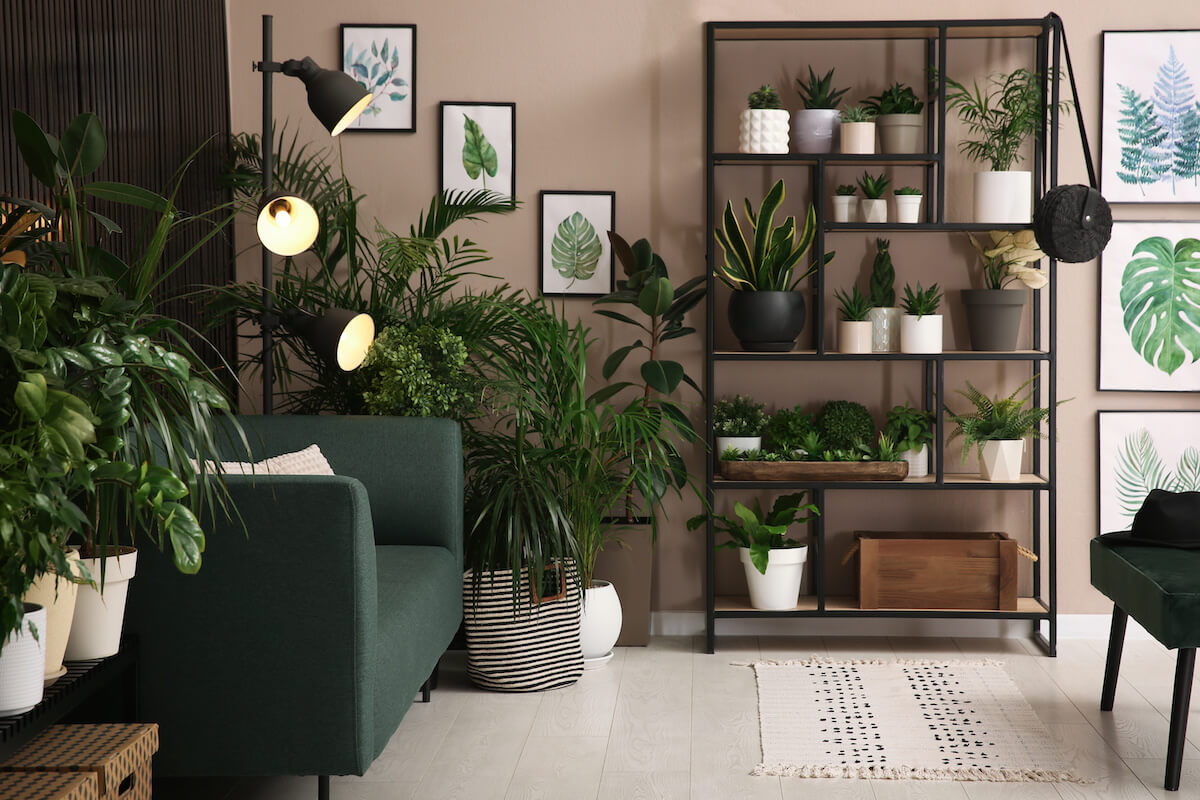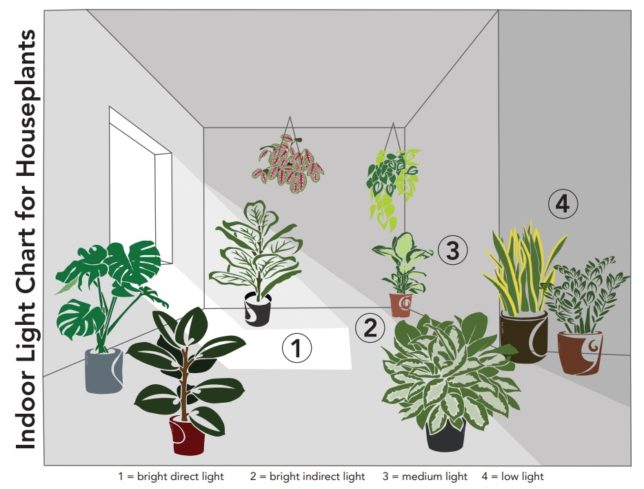Top 10 Best Low-Light Indoor Plants for Dark Rooms and Apartments
Top 10 Best Low-Light Indoor Plants for Dark Rooms and Apartments
Blog Article
Transform Your Home With Beautiful Low-Light Indoor Plants and Their Advantages
Including low-light indoor plants into your home can dramatically improve both the ecological and aesthetic high quality of your space. These plants, which grow in dim conditions, offer not only as ornamental elements yet also as natural air cleansers, making them optimal for city dwellers or those with minimal sunlight exposure. As we check out the numerous types of low-light plants and their advantages, you may discover surprising ways to incorporate them right into your home that can change your environments in methods you might not have prepared for.
Advantages of Low-Light Plants
Low-light plants offer various advantages for interior settings, making them an excellent choice for both amateur and skilled gardeners. One of the primary benefits is their adaptability to low-light problems, enabling individuals to improve their living rooms without the demand for extensive sunlight exposure. This characteristic makes them suitable for homes, workplaces, and various other areas with restricted natural light.

In addition, integrating low-light plants right into home decor can boost the visual allure of an area. Their rich vegetation and differed appearances develop a relaxing environment, adding to general wellness. The visibility of plant has been linked to reduced stress levels and boosted performance, making low-light plants a functional choice for improving both physical and mental health in indoor setups.
Leading Low-Light Indoor Plants
While many interior plants flourish in bright light, a number of species are especially well-suited for low-light problems, making them perfect for numerous indoor rooms. One prominent selection is the Snake Plant (Sansevieria), recognized for its striking upright leaves and strength, requiring very little treatment. One more superb option is the Pothos (Epipremnum aureum), which includes heart-shaped leaves and can track wonderfully from hangers or racks, thriving in low light and adding a rich touch.
The ZZ Plant (Zamioculcas zamiifolia) is celebrated for its glossy fallen leaves and ability to hold up against neglect, making it ideal for active lifestyles. The Tranquility Lily (Spathiphyllum) not only endures reduced light yet also creates sensational white blossoms, boosting any space's visual.
For an one-of-a-kind touch, take into consideration the Cast Iron Plant (Aspidistra elatior), which indeed lives up to its name, flourishing in the darkest edges of your home. Last but not least, the Chinese Evergreen (Aglaonema) offers a variety of leaf patterns and colors while being exceptionally forgiving in low-light conditions. These plants not only beautify indoor atmospheres however likewise add to air purification, improving your home.
Care Tips for Low-Light Plants

Watering techniques are vital; these plants commonly prefer slightly dry conditions. Overwatering can cause root rot, so make certain that the top inch of dirt is completely dry prior to sprinkling once more. Usage pots with drain openings to permit excess dampness to escape.
Humidity is another essential element. Lots of low-light plants, such as brushes and tranquility lilies, take advantage of greater moisture degrees. To boost moisture, take into consideration misting the fallen leaves or positioning a tray of water near the plants.
Fertilizing needs to be come close to with care. Throughout the expanding season, utilize a thinned down, well balanced fluid plant food each month to sustain growth, however prevent fertilizing during the dormant winter months.

Creative Ways to Present Plants
Interior plants Full Article can act as exciting focal points in any kind of room, improving both aesthetic allure and ambiance. Innovative display screens can boost the visual impact of low-light plants, making them an important component of your home design. One reliable approach is to use tiered plant stands, which allow you to showcase several plants at varying elevations while maximizing flooring area.
Hanging planters are one more cutting-edge alternative, developing a feeling of deepness and attracting the eye upwards. Consider macramé hangers or wall-mounted shelves to introduce a distinct texture and style.
For a more structured method, use geometric terrariums or glass containers to house your plants, adding a modern touch to your indoor garden. You can also repurpose classic things, such as teacups or wood dog crates, for a diverse screen that shows your character.
Enhancing Home Ambiance With Plants
Integrating low-light plants into your home not only enhances aesthetic allure yet likewise adds dramatically to the total setting. These plants act as natural decor elements, introducing a sense of tranquility that can change any kind of space. The presence of plant cultivates a soothing atmosphere, which is particularly advantageous in high-stress environments such as home workplaces or living areas.
Low-light plants, such as snake plants, pothos, and ZZ plants, are not just visually pleasing but additionally boost indoor air top quality by filtering system pollutants. This twin function enhances the setting even more, creating a much healthier space (Best low-light indoor plants). The tactical positioning of these plants can likewise affect the understanding of space; for circumstances, tall plants can attract the eye up, making ceilings show up higher and areas a lot more spacious
Moreover, differing textures and shades of vegetation include deepness to interior decoration, permitting imaginative expression in home styling. Whether positioned on shelves, in corners, or as focal points, low-light plants can boost the mood of any kind of you could check here space. In recap, including these plants into your home is a reliable means to promote a warm, welcoming atmosphere while profiting of enhanced air high quality and aesthetic adaptability.
Conclusion
Integrating low-light interior plants right into home settings supplies countless advantages, consisting of boosted visual charm and enhanced air high quality. These durable plants, such as the Serpent Plant and Peace Lily, need very little light and visite site maintenance, making them appropriate for varied way of livings.
While several interior plants grow in intense light, numerous varieties are specifically fit for low-light problems, making them excellent for numerous interior areas. One efficient method is to use tiered plant stands, which allow you to display numerous plants at varying heights while making best use of flooring area.
Low-light plants, such as snake plants, pothos, and ZZ plants, are not only aesthetically pleasing yet additionally enhance indoor air quality by filtering system toxins. Best low-light indoor plants. The calculated placement of these plants can also affect the assumption of area; for instance, tall plants can draw the eye upward, making ceilings show up higher and rooms extra sizable
These durable plants, such as the Snake Plant and Tranquility Lily, require minimal light and upkeep, making them appropriate for varied way of lives.
Report this page